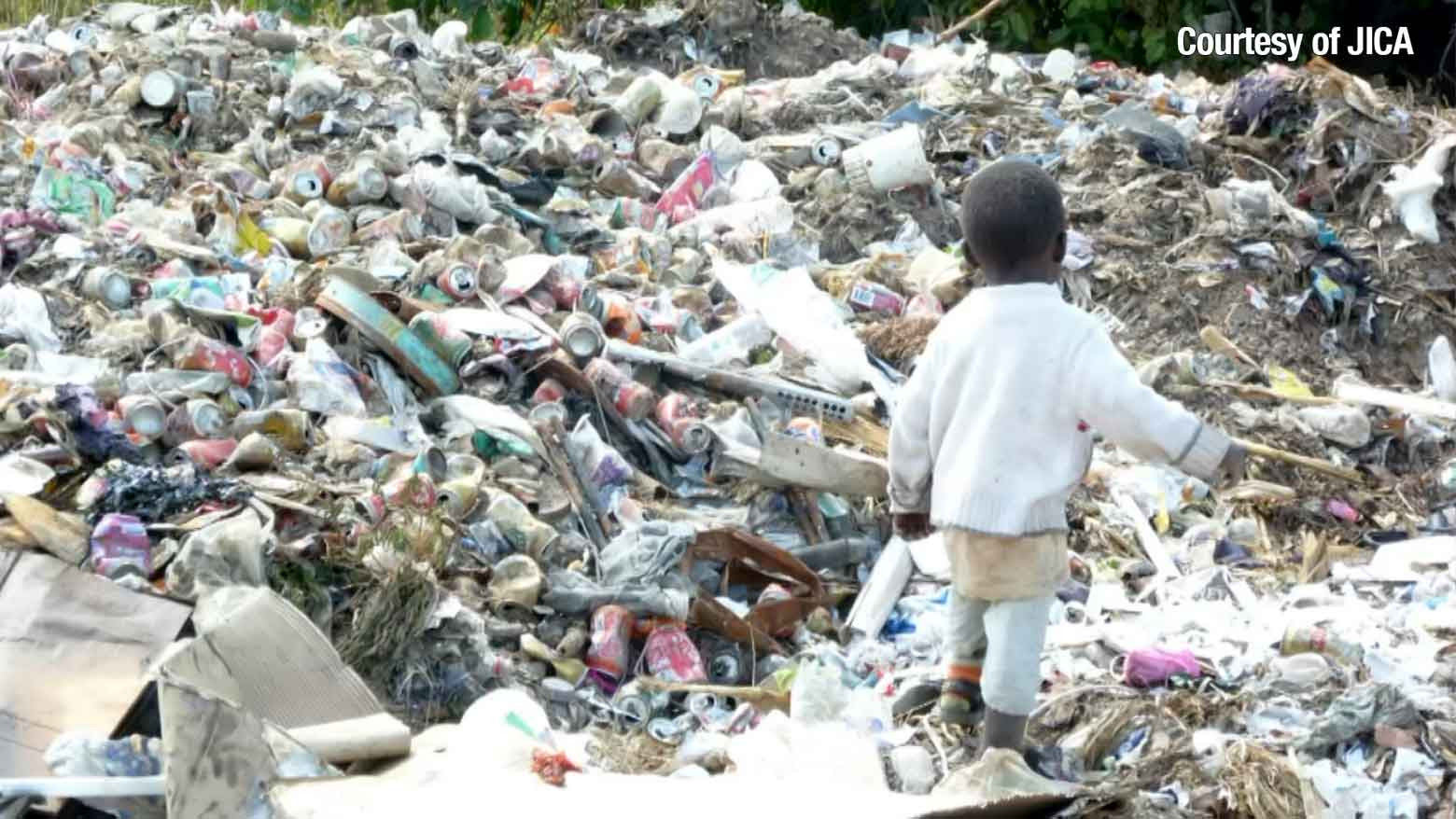Ecodudu, a Kenyan venture company launched in 2017, is using the black soldier fly to address the garbage crisis. The larvae munch on compost organic waste, but also pack a lot of nutrition as a food source themselves.
The company is raising larvae on waste from local farms and food producers in a bid to help reduce greenhouse gas emissions. It also turns the larvae’s excrement into fertilizer, and their dried bodies into animal feed.
In the early days of the business, the process was very hands-on. Ecodudu staff would use sieves to separate the larvae from the excrement, and since the tools were not always precise, they would resort to using their hands.
“This process was tedious, and took a lot of time, and wasn’t efficient for scaling,” says Adan Mohammed, CEO of Ecodudu.

Adan took his problem to the National Institute of Technology, Nagaoka College, in Japan’s Niigata prefecture. They had been introduced by the Japan International Cooperation Agency.
The students there hadn’t heard about how bugs could be used to break down waste, but they were enthusiastic about the idea. They got to work on prototypes to improve the filtering system. Since they couldn’t acquire black soldier fly larvae in Nagaoka, they chopped up dried noodles as a substitute.
“We made six prototypes in one month, reusing parts from old models to make new ones,” says team member Saito Hiroyuki.
They eventually settled on a cylindrical sieve that filters as it rotates. The device has three sections with holes of different sizes to filter first the excrement, then the larvae.
They took their final version to Kenya to run tests with real larvae. The device worked. Adan says he now only needs to assign two workers to a task that once required five, and says they get the work done ten times faster.
“The collaboration with the students, it’s quite important because they give us fresh ideas about some of the things maybe we are not looking at,” Adan says.

But that wasn’t the end of the story. The Nagaoka students thought the larvae could be useful locally, too. Niigata Prefecture is one of Japan’s biggest producers of sake—and sake kasu, the lees left over at the end of the brewing process. Some of that kasu is used in food production, but most goes to waste.
Student Fujimoto Koki has been exploring the idea of using the bugs to turn discarded kasu, which is rich in nutrients, into fertilizer.
But there's a problem: the research requires a lot of larvae, and he has no expertise in raising them. So he’s reached out to Adan for advice on optimal temperature, humidity, light placement, and feeding methods.
Fujimoto says so far, the results have been encouraging. He’s hoping his system can become part of a unique eco-friendly waste management process: the larvae eat the lees, then fish eat the larvae, and humans eat the fish, with the water containing their excrement being used to grow hydroponic vegetables.
“The goal of the project was to find a solution to a problem in Kenya,” says Fujimoto. “But I think we’ve also found some answers to challenges here in Japan. If we keep working together and expanding our knowledge, we can find more solutions.”
Watch Video 06:28

